9 Seasons of Hell on Earth: Some Thoughts About The Walking Dead, Part Two
“Yeah, they’re dead. They’re all messed up.” — George A. Romero, Night of the Living Dead (original 1968)
Oh, How Those Zombies Have Evolved, Devolved and Decayed!
This ends a two-post series (Part One here) on The Walking Dead. The first post concluded with the observation that TWD has a mysterious lack of “zombie” vocabulary.
To my knowledge, George A Romero invented the flesh-eating zombie genre. Before him there were films like White Zombie, I Walked with a Zombie, and The Zombies of Mora Tau — films I saw as a kid in the 1950s and 1960s, and all of them deal with more traditional, Haitian-voodoo zombies. After the original Night of the Living Dead, filmmakers such as Dario Argento and Lucio Fulci jumped into the zombie arena. Then came a host of spin-offs, take-offs, remakes, reboots and rip-offs.
I always thought George Romero never used the word zombie in his Living Dead films. But after binge-watching all six of his living dead films, I learned a few things. In Night of the Living Dead, the Dead are referred to as cannibals and ghouls. In Dawn of the Dead, the character of Peter (Ken Foree) calls them zombies; the end credits list four actors under the heading, LEAD ZOMBIES. The characters in Day of the Dead call the Dead everything but zombies. By the time Romero got around to filming Land of the Dead, the zombie genre had exploded like a Walker’s head after being hit by a shotgun blast. In this film, the Dead are called Stenches, although one character refers to them as Walkers. Dennis Hopper calls them zombies in one scene. In Diary of the Dead, which I consider Romero’s best, and was basically a reboot of the series, no one knows what’s going on, and the Living Dead are referred to as “the Dead.” In his final film, Survival of the Dead, the word zombie is used a couple of times. Tom Savini’s fairly decent 1990 remake of Night of the Living Dead, with a new screenplay by George Romero, went back to the basics and did not use zombie as a term for the Living Dead.
It’s interesting to note the changes in the appearance and behavior of the Living Dead throughout the six films, how they started to evolve while physically turning more and more “rotten.” In Night of the Living Dead, the Dead look fresh, almost alive. The first one we see in the cemetery remembered how to open a car door when he attacked Barbra, and even picked up a rick to smash the car’s window. The living-dead girl in the farmhouse basement used a garden tool to kill her mother. While the Dead in Dawn of the Dead showed more signs of rot and decay, there was one that picked up a tire iron to use as a weapon; another remembered how to play hockey. There was a lot of humor and comical zombies in this film, and they displayed some sort of memory of visiting a shopping mall. By Day of the Dead, when the tone of the series grew darker and more hopeless, the Dead have decayed even more, and they became “dumb fucks,” as one character called them. But then there was Bub (wonderfully played by Sherman Howard), who had become Doctor Matthew “Frankenstein” Logan’s (Richard Liberty) pet project. Bub had pretty much been tamed and domesticated, and displayed not only memory but some feelings of kindness and even friendship for the doctor. Bub also listened to cassette tapes, tried to shave, remembered what a telephone is, saluted Captain Rhodes (Joe Pilato) and later aimed an empty .45 at him. In the film’s climax, Bub found a loaded gun and shot the Captain.
The fourth film, Land of the Dead, showed the Stenches to be still rotting away as they begin to evolve: the Dead musicians trying to play their instruments, for instance, and of course Big Daddy (interestingly played by Eugene Clarke), the gas station zombie who appears to be almost human, is filled with anger and rage — and remembers the job he had in life; he also learns how to use a machine gun and a jackhammer, and eventually organizes, teaches and becomes the leader of the Stenches. However, as I mentioned above, Diary of the Dead was basically a series reboot, and the living dead had reverted back to being mindless animals. But then, in the final film, Survival of the Dead, our world has pretty much ended and the Dead now rule. This is a film based on the Gregory Peck western, The Big Country, which Romero admitted was an influence. Only here, the rivalry and feud is between one Irish clan leader who believes the Dead can be taught to eat something other than people, and another clan leader who thinks they should all be put down like rabid dogs. It’s interesting to note that for the first time Romero used the same actor in both films: Alan van Sprang as Sergeant “Nicotine” Crockett, who had one scene in Diary, went on to star in Survival. Here again, we see the zombies evolving, especially in the character of the horse-riding Janet O’Flynn, twin sister to Jane; both roles played by Kathleen Munroe. In the end, the Dead do learn to eat something other than people.
The Walking Dead has pretty much returned to basics with their mindless and much more decayed Walkers, although they’re no less dangerous and savage. I’ve yet to see any signs that they’re evolving, becoming something else, as in the Resident Evil series. Again, I don’t know if “zombie evolution” is part of the graphic novels, and I have no idea if it will play a role in the television version. However, where Romero’s Living Dead were more often than not afraid of fire, the TV show’s Walkers are drawn to it like moths to a flame. In Land of the Dead, the Stenches are fascinated by “sky flowers” — fireworks used to distract them, until they lose interest and just keep shambling along. While I don’t find any “scares” in the Walking or Living Dead resurrected corpses, when I stop to think about it, they’re frightening because being dead, they have no fear; they’re relentless and cannot be stopped until their brains are turned to mush, sliced in half or filled with bullet holes.
Lastly, I’d like to briefly touch on the 2004 remake of Dawn of the Dead. While I like this film, like the changes it made in an attempt to do something different, and think it’s a well-made film, I find it empty of theme, devoid of meaning. Sure, survival is the heart of it all, but this is basically an action film. I saw no social commentary, no message or statement being made.
Now, in 1968 there were few black actors starring in major motion pictures, and I can’t think of one horror film that featured a black hero. So Romero broke new ground when he cast Duane Jones to star as Ben, the hero. I don’t know if this was his vision all along or if he revised his script at some point because of the assassination of Martin Luther King. King was murdered on April 4, 1968, and Night of the Living Dead premiered on October 1, 1968. Thus, to me, an underlying theme or social commentary of the first film is racism. (Romero flipped things around in his script for the 1990 remake. In this one Ben (Tony Todd), still a hero, comes to a much different but just as tragic of an end, while the character arc for Barbra (Patricia Tallman) takes her from a frightened and screaming girl to a warrior woman who takes no shit. This film, for me, is a commentary on feminism, equal rights for women, and puts their strength and resilience in the forefront.)
As so many film critics and fans have remarked, the original Dawn of the Dead was all about the influence of consumerism in our lives. I see Day of the Dead as a return to the old “military versus the scientists” theme so often portrayed in 1950s’ science fiction films; it may even be a commentary on the military-industrial complex. Land of the Dead, in my opinion, is a commentary on capitalism and a two-class system: the rich and powerful live in the Fiddler’s Green Tower, while the poor and the destitute basically live on the streets. Mainstream media, the internet, bloggers, fake and altered news is at the heart of Diary of the Dead. Over the course of these six films the actual cause of the Dead being resurrected is never explained, and sometimes not even discussed. In Night of the Living Dead, there was mention of possible “radiation from the Venus probe” being the cause. In the next two films, characters discussed a religious explanation — like a plague sent by God to punish Mankind. In The Walking Dead, we know it’s some sort of virus that we’re all infected with, and even if we die in our sleep, we’ll rise again. But what’s the cause of this virus? Is it natural, extraterrestrial in origin or manmade — some scientific or medical experiment gone horribly wrong? Is there or will there be a cure? Perhaps we’ll find out, perhaps we’ll never know.
I hope you enjoyed this article, whether you are or are not a fan of The Walking Dead and George Romero’s Living Dead films.
Thank you for reading this!
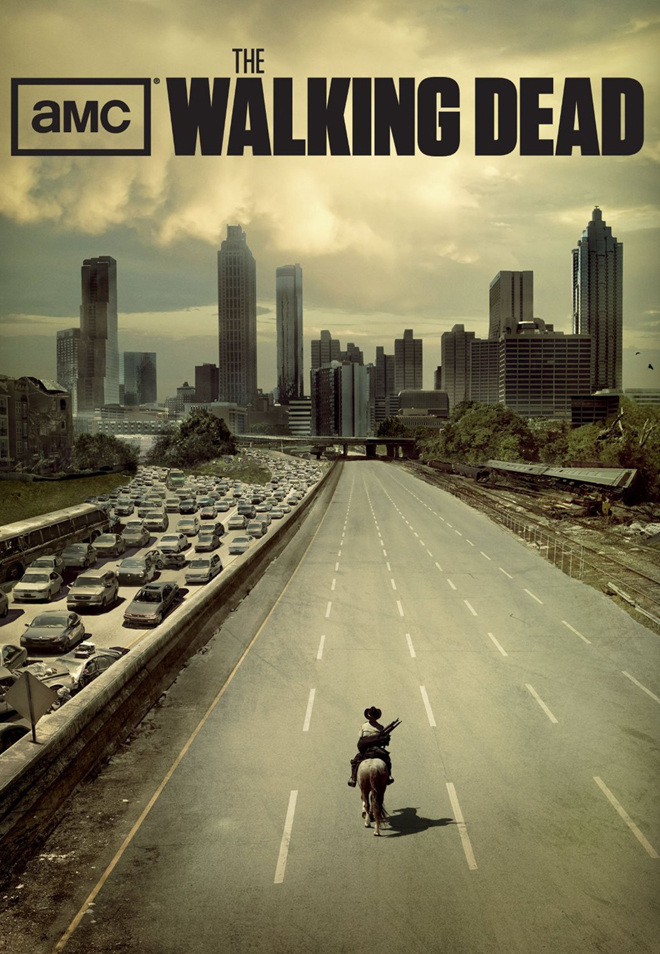 |
Joe Bonadonna is the author of the heroic fantasies Mad Shadows: The Weird Tales of Dorgo the Dowser (winner of the 2017 Golden Book Readers’ Choice Award for Fantasy); Mad Shadows II: Dorgo the Dowser and the Order of the Serpent; the space opera Three Against The Stars; the sword and planet space adventure, The MechMen of Canis-9; and the sword & sorcery adventure, Waters of Darkness, in collaboration with David C. Smith. With co-writer Erika M Szabo, he wrote Three Ghosts in a Black Pumpkin (winner of the 2017 Golden Books Judge’s Choice Award for Children’s Fantasy), and The Power of the Sapphire Wand. He also has stories appearing in: Azieran—Artifacts and Relics, GRIOTS 2: Sisters of the Spear, Heroika: Dragon Eaters, Poets in Hell, Doctors in Hell, Pirates in Hell, Lovers in Hell, and the upcoming Mystics in Hell; Sinbad: The New Voyages, Volume 4; and most recently, in collaboration with author Shebat Legion, he wrote Samuel Meant Well and the Little Black Cloud of the Apocalypse. In addition to his fiction, he has written a number of articles and book reviews for Black Gate online magazine.
Visit his Amazon Author or his Facebook Author’s page: Bonadonna’s Bookshelf
Joe Bonadonna has been a contributor to Black Gate since 2011, most recently posting his view on Dystopian Fiction:
IMHO: A Personal Look at Dystopian Fiction — Part One and IMHO: A Personal Look at Dystopian Fiction — Part Two: J.G. Ballard
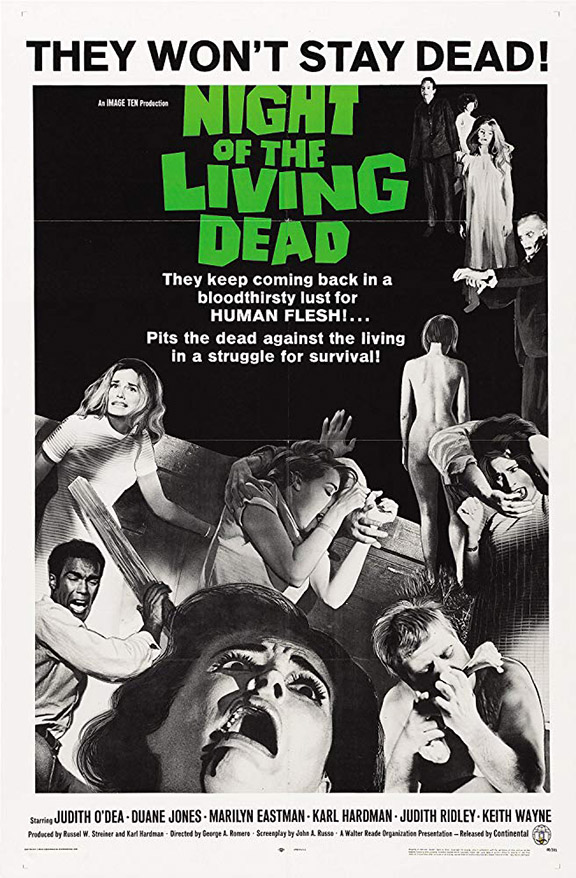
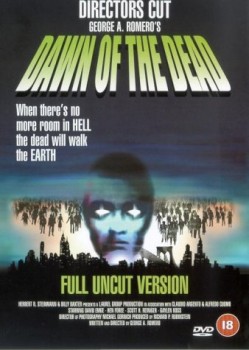
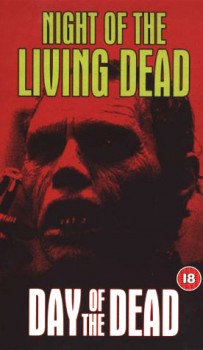
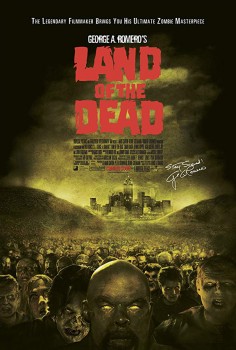
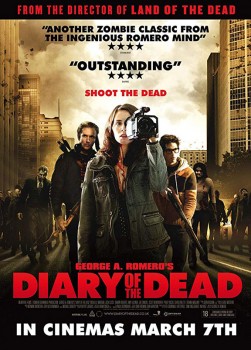
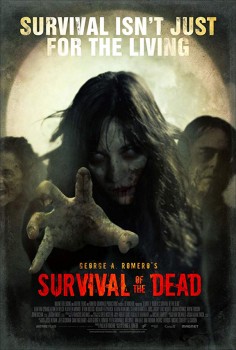
Once again, thank you John and Seth for taking and running with this article on zombies.
The Living Dead series are definitely worth tracking down (Night of, Dawn of, and Day of). I recall scenes from each. And poor, glutinous “Bub” from Day of the dead. I haven’t seen the latter three yet. I’ve been funneling all my Zombie-needs into the board game Zombicide from CMON–especially the Black Plague edition. Great games.
John, Romero’s films are always sheer fun and mayhem. Like I said, of the last 3, my personal favorite is Diary of the Dead. Romero basically rebooted the series – it’s a fresh start but can also be viewed as fitting in squarely with the originals (although set decades later), and how another group of people – this time college film students – experienced when the whole apocalypse started. It’s well acted, too, with sympathetic characters, and some really great zombie-kill gags.